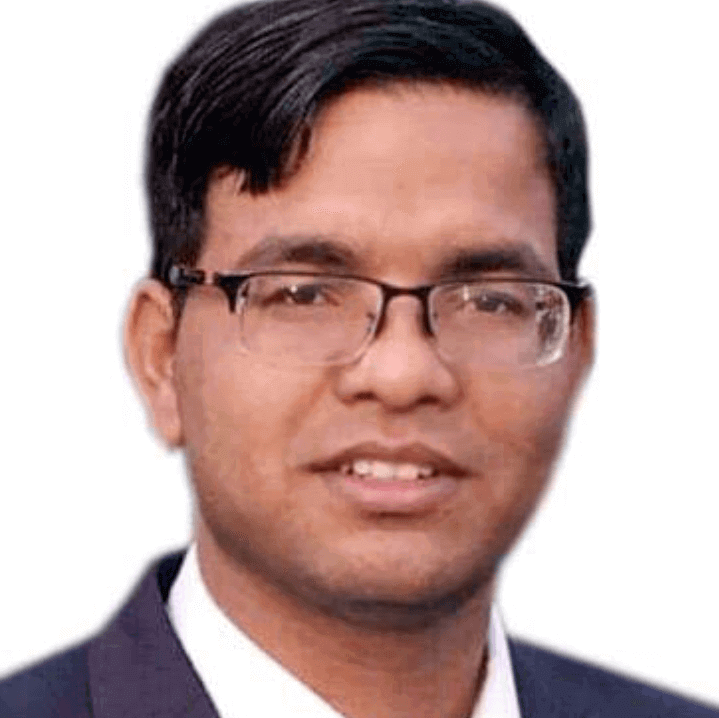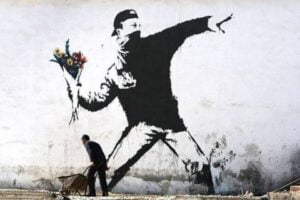
How do Indian masses take crucial decisions such as marriage, dining and voting in their life? Political and social psychologists have used ‘theory of imitation’ to explain the decision making process of Indian masses. Dr. B.R. Ambedkar in his seminal work Caste in India: Their Mechanism, Genesis and Development uses this theory to explain the reason for genesis and spread of caste in India. He argues that ‘the propensity to imitate is a deep-seated one in the human mind and need not be deemed an inadequate explanation for the formation of the various castes in India’. He hypothesized that caste in India originated because Brahmins started practicing endogamy, and it spread since the other social sections imitated them. Prior to Ambedkar, colonial administrators, ethnographers and missionaries have also argued that masses in Indian society take decisions while imitating the upper strata of society, i.eBrahmins. The theory of imitation has been further used to explain modernisation of eastern society where East Asian, South Asian and West Asian people would change their customs, beliefs, dress, social practices etc. while imitating European Societies.
Sociologist M.N. Srinivas has also used this theory to expound the doctrine of sanskritisation, according to which the lower strata of Indian society, in order to improve its social status, starts adopting rituals, customs and other social practices of locally ‘dominant castes’. The adoption of rituals, customs and social practices essentially means acting like the upper strata of society in the arena of decision making.
In a nutshell, a macro review of seminal theories would suggest that Indian masses take crucial decisions such as marriage, dining and voting while imitating the upper strata of society. The upper strata of Indian society could be Brahmins, Dominant Landowning Castes, or Westernised Elites.
Hierarchy of Indian Society and the Race Against the Bottom
Contrary to the premise of ‘theory of imitation’, a bird’s eye view of contemporary Indian society reveals that a race against the bottom is ensuing. This race against the bottom can be understood by uncovering three phenomena/discourses.
Matrimonial Advertisements
Matrimonial pages of newspapers in New India are full of advertisements for finding suitable brides and grooms, but many of those advertisements mention caste as no bar with the exclusion of Scheduled Castes (SCs) and Scheduled Tribes (STs). How should such advertisements be seen? One can argue that it could be a matter of disgust and discriminatory attitude towards SCs and STs, but such advertisements say more than that. They essentially reveal the advertiser’s strong belief in hierarchy. Here, the reference point for the decision making process is the lower strata of society in a negative sense rather than the upper strata of society. Under the compulsion of modern polity and economy, such families have widened the scope of marriages from their own caste, but they have not abandoned hierarchy as a social practice completely.
Discourse on Sachchar Committee Report
The United Progressive Alliance (UPA) government in 2005 appointed a high-level committee under the chairpersonship of Justice Rajinder Sachchar for examining the socio-economic and educational status of the Muslim community in India. The committee’s report triggered a debate around the socio-economic situation of the Muslim minority being worse than Dalits. Interestingly, the entire debate was framed in such a way that the worsening socio-economic condition of Muslims became a lesser issue while their status becoming worse than Dalits got highlighted as the the main issue. This whole debate shows how various communities in India have ingrained a belief in hierarchy.
Hindutva and Marginalisation of Muslims
The politics of Hindutva is embedded in the idea of creating a common Hindu identity across castes. So far as caste hierarchy is concerned, Hindutva discourse is changing over a period of time. However, this does not mean that it is completely abandoning the idea of hierarchy. Instead, it is trying to create a new subaltern in Indian society – the Muslims. The creation of a new subaltern would provide psychological relief to the lower strata of Hindu society since some other community would come at the bottom of its rungs owing to its political and social marginalisation.
Recent Political Behaviour of Most Backward Castes
In my field work among most backward castes of Uttar Pradesh, I have observed a growing sense of anxiety among them. This anxiety is due to fear of being placed at the bottom of Indian society. It must be noted that the most backward castes of north India refused to become a part of the Scheduled Caste list in the 1930s, since that would reduce their social status as untouchable castes were also included in the said list. However, now scheduled castes have improved their socio-economic conditions rapidly, whereas those castes remain lagging behind. This has added to their anxiousness. Hence, in the previous elections, such castes and communities seem to have started voting strategically to push other castes and communities at the bottom of society, whereas some other castes and communities seem to be concerned about the decelerating growth of others, so that the latter can remain at the bottom of society. Such strategic decisions of voting seem to be pushing voters away from pressing economic concerns while voting.
In conclusion, I am of the firm opinion that for uncovering the crucial decision-making process of masses in India, the theory of hierarchy needs to be taken more seriously. Hierarchy should not be limited as an imitation of the upper strata of society but rather as pushing other communities to the bottom of the social ladder as well as preventing certain communities at the bottom of society from rising.




